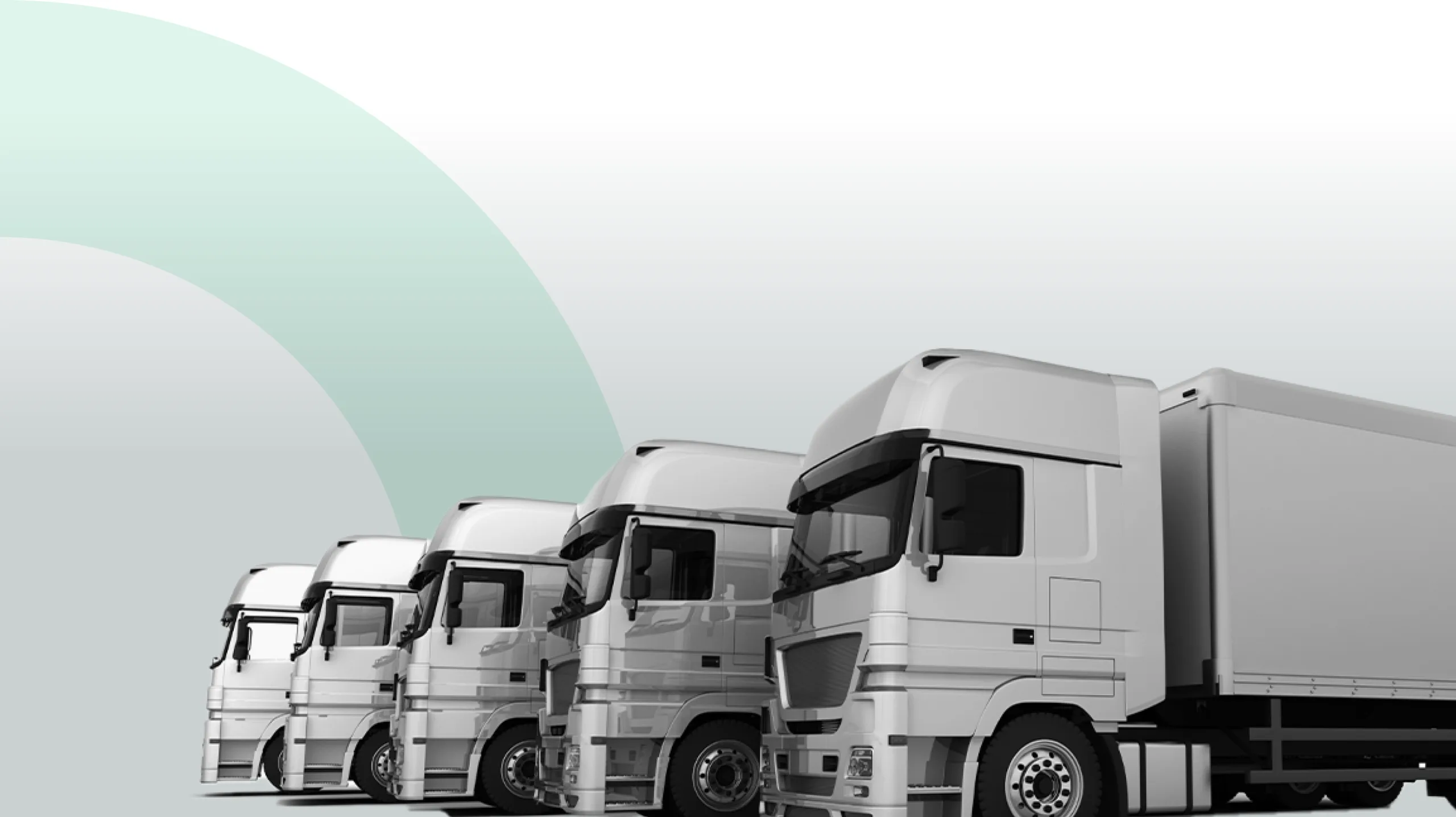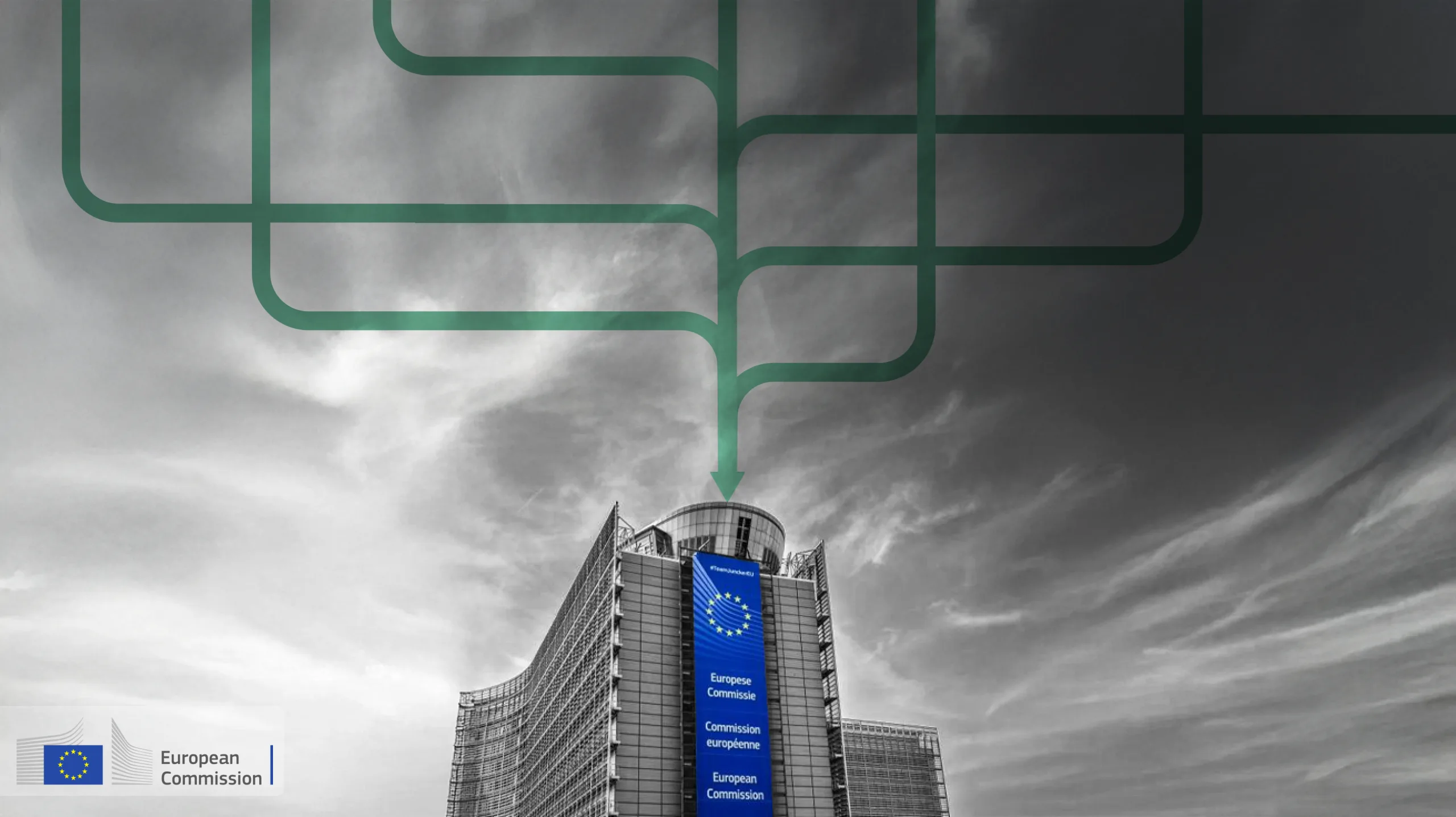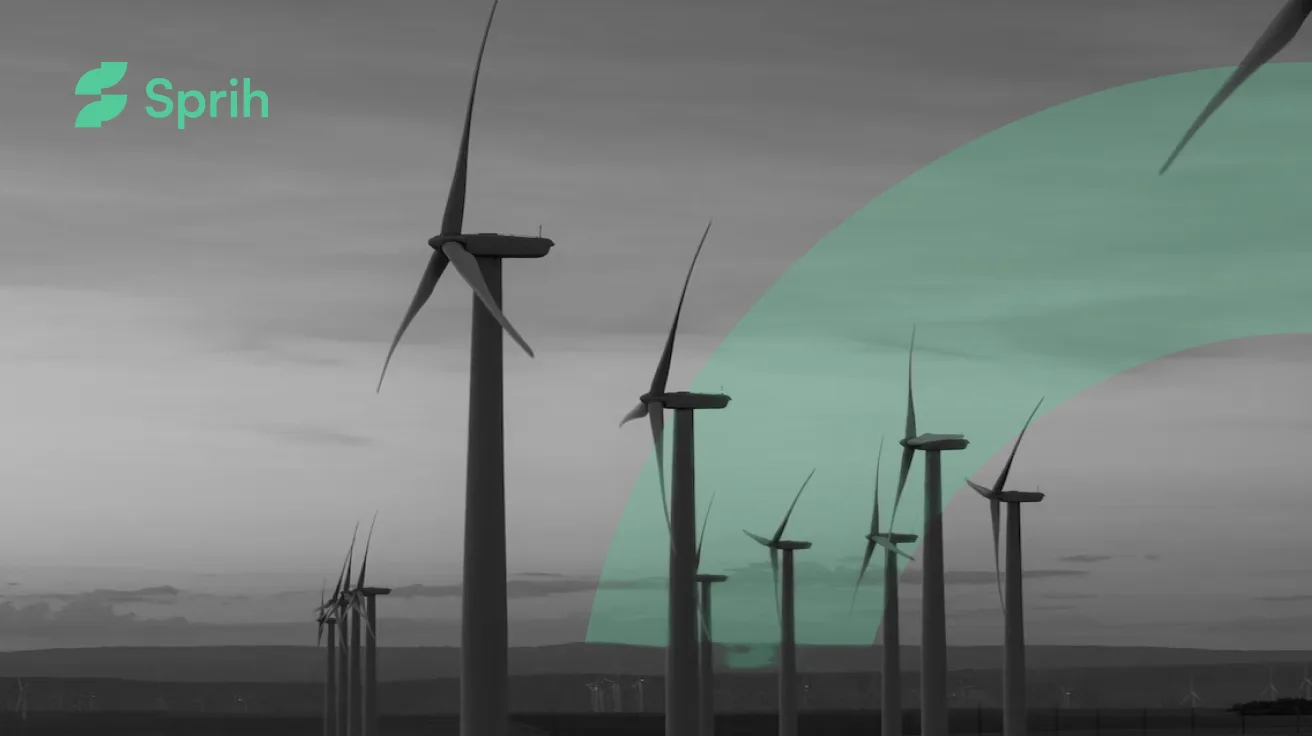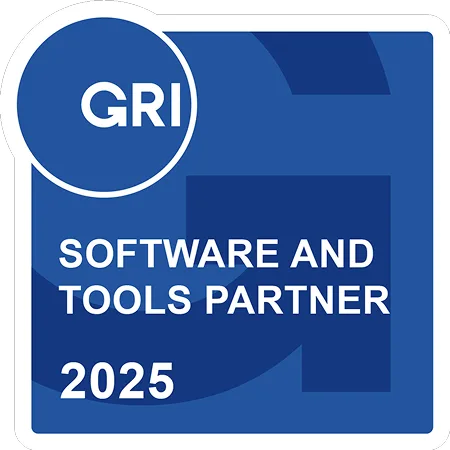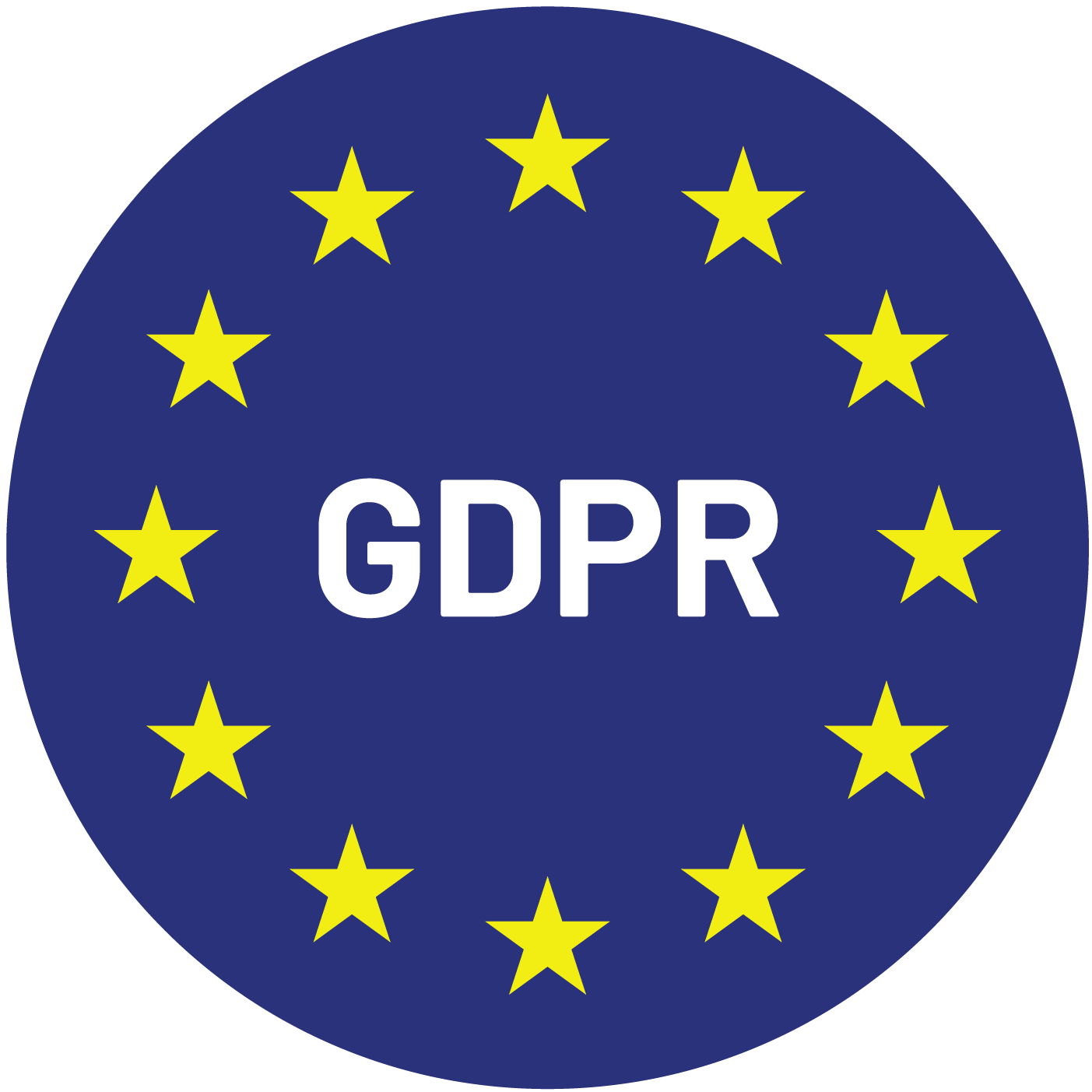When people talk about decarbonizing supply chains, the conversation often jumps to electric trucks, sustainable aviation fuels, or green ports. Those are important, no doubt. But before any of that works at scale, companies need something far more basic: a common way to measure logistics emissions. Without that, there’s no way to benchmark, compare, improve, or even know if the grand sustainability plans are actually making a dent.
That’s the gap the GLEC Framework fills.
Created by the Global Logistics Emissions Council under Smart Freight Centre, the GLEC Framework is the closest thing the world has to a universal language for calculating and reporting freight transport emissions. It aligns road, rail, air, sea, inland waterways, pipelines, and logistics hubs under one methodology, and now sits fully integrated with ISO 14083:2023 — the global standard for quantifying emissions across transport chain operations.
Think of it as the backbone behind credible, comparable, and science-aligned logistics emissions reporting. And as global freight demand heads toward a projected doubling by 2050, this backbone becomes non-negotiable.
Let’s break it down in a way that’s practical, structured, and genuinely useful.
A Quick Reality Check: Logistics Emissions Are Enormous
Freight transport doesn’t usually lead sustainability headlines, but it probably should. Today, logistics accounts for about 8% of global GHG emissions, and demand for freight transport is expected to double by 2050. Without intervention, emissions could more than double in the same period.
That trajectory simply doesn’t fit within any 1.5°C climate pathway. And logistics isn’t just trucks and ships — it’s hubs, terminals, intermodal transfers, cold-chain facilities, and the entire energy system that powers all of it. This is exactly why logistics needs consistent, transparent, and globally aligned accounting.
The GLEC Framework gives structure to a system that, until recently, was fragmented across industries, geographies, and transport modes.
So What Exactly Is the GLEC Framework?
At its core, the GLEC Framework is a methodology for accounting and reporting greenhouse gas emissions across entire freight transport chains — from the moment goods leave a consignor to the moment they reach a consignee. It covers every transport mode and every hub along the way.
Version 3.2 of the Framework folds in the requirements of ISO 14083, which took three years to develop with experts from around the world. So when a company uses GLEC v3.2, it’s effectively following the ISO standard — but with clearer guidance, examples, and practical decision tools.
What makes it especially powerful is that it:
- works across all transport modes
- covers all energy sources (diesel, LNG, biofuels, electricity, hydrogen, etc.)
- breaks down logistics into Transport Chain Elements (TCEs)
- includes all relevant GHGs identified by the IPCC
- supports both beginners and advanced practitioners
- aligns with key programs such as CDP, SBTi, SmartWay, and Clean Cargo.
It is, simply put, the global reference point for logistics emissions accounting.
How It Works: Transport Chains and TCEs
Instead of calculating emissions by vehicle or by shipment alone, the GLEC Framework looks at freight movement as a series of Transport Chain Elements.
A TCE is any segment in which freight is moved by a single vehicle or processed by a single hub. Every time goods change vehicles, modes, or hubs, a new TCE is created. These TCEs then get combined to reveal emissions for the entire transport chain.
For example, a shipment might look like this:
- Road transport from factory to rail terminal
- Handling at terminal (hub)
- Rail transport across borders
- Handling at destination hub
- Road transport to the warehouse
Each of these becomes a separate calculation block. When stitched together, they tell the full story of the shipment’s carbon footprint.
This structure matters because it lets companies:
- pinpoint hotspots
- compare carriers and modes
- model modal shifts
- support procurement decisions
- understand the real carbon cost of their logistics networks.
What Makes Its Boundaries Strong: WTT, TTW, and WTW
One of the biggest strengths of the GLEC Framework is that it doesn’t stop at tailpipe emissions.
It includes:
- Tank-to-Wheel (TTW) — emissions from operating vehicles, vessels, aircraft, hubs
- Well-to-Tank (WTT) — emissions from producing and delivering the fuel or electricity
- Well-to-Wheel (WTW) — the combined footprint across the entire energy life cycle
This full-fuel-cycle approach is essential, especially as the industry accelerates toward alternative energy:
- Biofuels vary widely in upstream emissions.
- Electricity grids differ significantly across countries.
- Hydrogen production can be highly carbon-intensive unless it’s green.
GLEC ensures the accounting keeps up with the technology — not the other way around.
Covering All GHGs, Not Just CO₂
Logistics isn’t only about CO₂. It involves refrigerant leaks, methane slippage, and even combustion-related pollutants such as NOx, SOx, PM, and black carbon. The Framework aligns with IPCC guidance and the greenhouse gas list used by ISO 14083, the GHG Protocol, and SBTi.
This allows companies to capture a complete, modern emissions profile — and avoid under-reporting.
Getting to Emission Intensities: TOCs and HOCs
Not all transport operations behave the same way. A refrigerated truck is not a dry van. A long-haul aircraft is not a domestic passenger jet. A warehouse with advanced automation is not a small urban cross-dock.
GLEC solves this by grouping operations into:
- TOCs — Transport Operation Categories
- HOCs — Hub Operation Categories
These clusters allow companies to build emission intensity factors that reflect:
- mode
- vehicle type
- temperature control
- distance class
- load profile
- operational characteristics
This balancing act makes the system accurate enough for decision-making but flexible enough for global application.
Data Quality: Primary, Modeled, and Default
GLEC also recognizes that not every company has telematics-level data from day one. So it uses a structured data hierarchy:
- Primary data — fuel use, electricity bills, telematics, meter readings
- Modeled data — estimates using known parameters
- Default data — industry average values when nothing else is available
Where a company sits on this ladder determines the accuracy of results — and how useful they are for procurement, target setting, or benchmarking.
The Framework encourages companies to climb upward over time.
Alignment With Global Standards
One of the reasons the GLEC Framework has become the de facto global method is its deep alignment with existing programs and standards, including:
- ISO 14083
- GHG Protocol
- SBTi transport guidance
- IPCC methodologies
- SmartWay, Clean Cargo, Lean & Green, Sea Cargo Charter, and others
This alignment is what gives shippers, carriers, regulators, and auditors confidence that emissions calculated using GLEC are credible, comparable, and verifiable.
What Companies Can Actually Do With It
Once a company has a consistent system for calculating emissions, a whole set of decisions becomes possible.
1. Procurement and Carrier Selection
Companies can compare modes, routes, or carriers using standardized carbon metrics.
2. Scenario Modeling
Want to know if switching from road to rail cuts emissions? Or whether a vessel upgrade is worth it? GLEC enables that level of modeling.
3. Setting and Tracking SBTi Targets
The Framework is the recommended method for logistics emissions under SBTi. It supports consistent Scope 1, 2, and 3 tracking.
4. Customer and Investor Reporting
Standardized outputs mean fewer questions, fewer audits, and simpler disclosures.
5. Operational Efficiency
Companies can identify loading inefficiencies, empty miles, and other hotspots that drive avoidable emissions.
This blend of compliance and operational value is why the Framework has crossed 200+ multinational adopters.
Why the Framework Matters Now More Than Ever
Climate targets are approaching fast. Emissions from global freight are rising, not falling. Regulations are tightening. And customers, from retailers to electronics brands, now expect emissions transparency across supply chains.
GLEC’s value is that it offers a shared foundation. Without it, each company reports in its own way, making logistics emissions impossible to compare or improve collectively.
With it, the industry speaks one language.
And because it now fully aligns with ISO 14083, the Framework’s adoption doesn’t just make sense — it gives companies a direct path to international compliance.
In Closing
The GLEC Framework isn’t just another sustainability guideline. It’s an industry-defining system that brings clarity to one of the most complex and carbon-intensive parts of the global economy. As the world races to decarbonize supply chains, having a standard that works across modes, countries, and industries is no longer optional.
It’s the difference between guessing and knowing. Between reporting and managing. And between isolated improvements and a truly global shift toward low-carbon logistics.
If the freight sector is serious about reaching net-zero by 2050, the GLEC Framework is one of the places where that journey actually begins.
If you’d like to understand how these updates can strengthen your own sustainability program, our team is always happy to walk you through what’s possible. Whether it’s cleaning up your data flows, setting up smarter benchmarks, or exploring the newest features, you can speak directly with a Sprih sustainability expert. Just reach out — we’ll help you get there faster and with far more clarity.
FAQs
What is the GLEC Framework?
The GLEC Framework is the global methodology for calculating and reporting greenhouse gas emissions from freight transport and logistics. Developed by the Global Logistics Emissions Council and aligned with ISO 14083, it provides a consistent, multimodal approach that works across road, rail, air, sea, inland waterways, pipelines, and logistics hubs.
Why do companies use the GLEC Framework?
Companies use it because it gives them a unified, credible way to measure emissions across complex supply chains. It supports CDP reporting, SBTi target-setting, customer disclosures, and internal decision-making. It’s also trusted by global brands, carriers, and logistics service providers.
How does the Framework break down a transport journey?
It divides a shipment’s journey into Transport Chain Elements (TCEs). Each TCE represents one segment—one vehicle or one hub. When goods change mode, vehicle, or pass through a hub, a new TCE starts. Adding up emissions from all TCEs reveals the full transport chain footprint.
What is the difference between WTT, TTW, and WTW emissions?
TTW covers emissions from operating vehicles or hub equipment. WTT covers emissions from producing and delivering the energy used (fuel refining, electricity generation, etc.). WTW is the total footprint of both stages combined. The GLEC Framework requires full WTW accounting.
Does the GLEC Framework cover all greenhouse gases?
Yes. It includes all IPCC-listed gases such as CO₂, CH₄, N₂O, HFCs, PFCs, and SF₆. It also provides guidance for quantifying air pollutants like NOx, SOx, particulate matter, and black carbon where relevant.
How does the Framework handle different types of transport operations?
It groups similar operations into Transport Operation Categories (TOCs) and Hub Operation Categories (HOCs). These clusters let companies assign realistic emission intensity values based on factors like vehicle type, mode, distance class, temperature control, or route characteristics.
What data does a company need to use the GLEC Framework?
The Framework accepts three types: primary data (actual fuel or electricity use), modeled data (estimates based on known parameters), and default data (industry averages). The more primary data a company uses, the more accurate the results.
Does the Framework apply to emerging energy sources like biofuels and electricity?
Yes. The GLEC Framework includes guidance for biofuels, grid electricity, renewable energy, and hydrogen. It emphasizes capturing upstream emissions, which are especially important for these alternative fuels.
Is the GLEC Framework aligned with ISO 14083?
Completely. GLEC v3.2 incorporates ISO 14083 requirements, making it the most practical pathway to ISO-aligned emissions reporting. Companies using GLEC are effectively generating ISO-ready outputs.
Who can use the GLEC Framework?
The Framework works for shippers, carriers, logistics service providers, governments, investors, and tech platforms. It supports everything from basic accounting for beginners to advanced analysis for organizations with mature data systems.
What benefits does GLEC offer beyond reporting?
It enables companies to compare carriers, model modal shifts, evaluate the carbon ROI of efficiency measures, optimize procurement, and track progress against climate targets. It turns carbon data into operational intelligence, not just a compliance checkbox.
